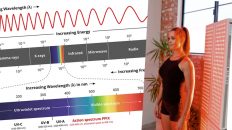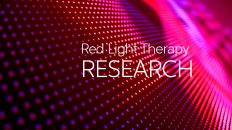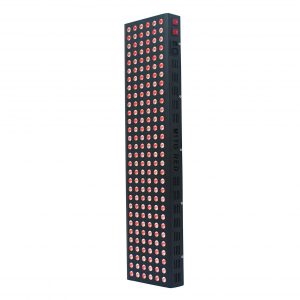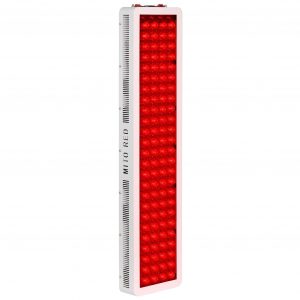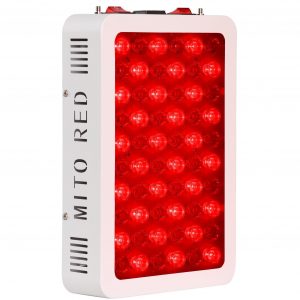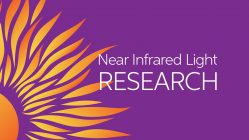Objective: Our aim was to test the anxiolytic effect of transcranial photobiomodulation (t-PBM) with near-infrared light (NIR) in subjects suffering from generalized anxiety disorder (GAD).
Background: t-PBM with NIR is an experimental, noninvasive treatment for mood and anxiety disorders. Preliminary evidence indicates a potential anxiolytic effect of transcranial NIR.
Methods: Fifteen subjects suffering from GAD were recruited in an open-label 8-week study. Each participant self-administered t-PBM daily, for 20 min (continuous wave; 830 nm peak wavelength; average irradiance 30 mW/cm2; average fluence 36 J/cm2; total energy delivered per session 2.9 kJ: total output power 2.4 W) broadly on the forehead (total area 80 cm2) with an LED-cluster headband (Cerebral Sciences). Outcome measures were the reduction in total scores of the Hamilton Anxiety Scale (SIGH-A), the Clinical Global Impressions-Severity (CGI-S) subscale and the Pittsburgh Sleep Quality Index (PSQI) subscales from baseline to last observation carried forward.
Results: Of the 15 recruited subjects (mean age 30 ± 14 years; 67% women), 12 (80%) completed the open trial. Results show a significant reduction in the total scores of SIGH-A (from 17.27 ± 4.89 to 8.47 ± 4.87; p < 0.001; Cohen’s d effect size = 1.47), in the CGI-S subscale (from 4.53 ± 0.52 to 2.87 ± 0.83; p < 0.001; Cohen’s d effect size = 2.04), as well as significant improvements in sleep at the PSQI. t-PBM was well tolerated with no serious adverse events.
Conclusions: Based on our pilot study, t-PBM with NIR is a promising alternative treatment for GAD. Larger, randomized, double-blind, sham-controlled studies are needed.
SOURCE: US National Institute of Health’s National Library of Medicine
https://pubmed.ncbi.nlm.nih.gov/31647775/



